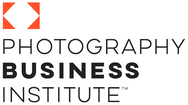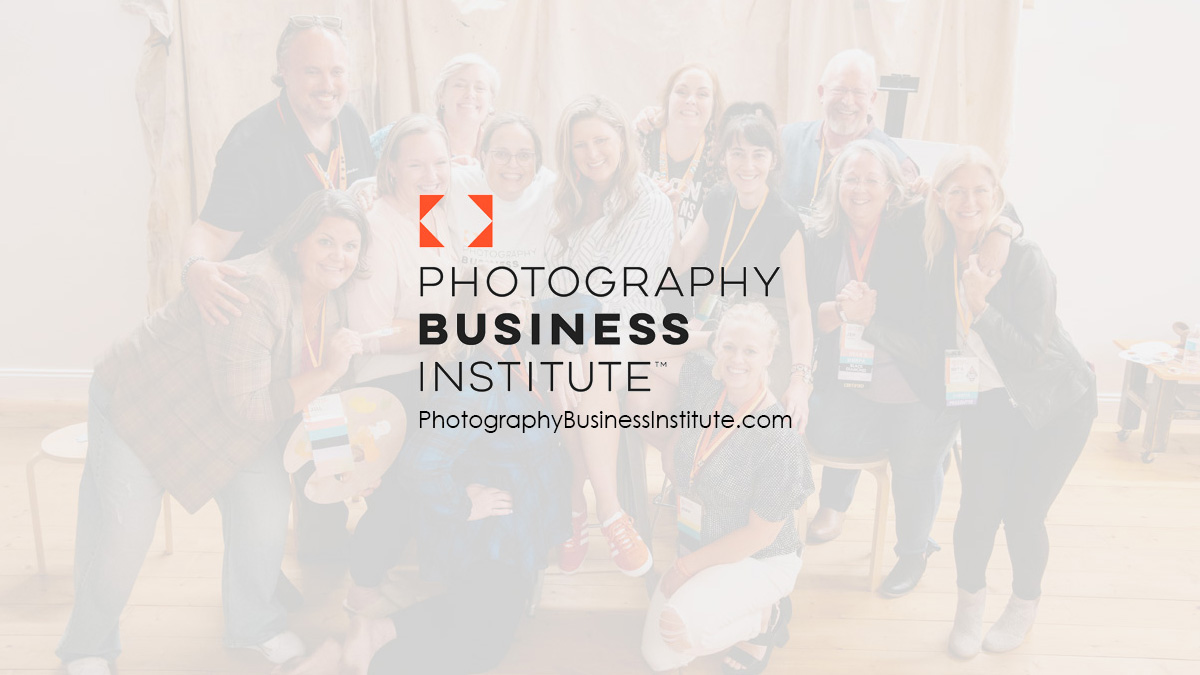There comes a time when you know you need to hire someone if your small business is going to grow any bigger. While it doesn’t have to be a full-time employee, it must be the right person.
Hiring the wrong person results in countless wasted hours and money lost on training someone who isn’t a fit for your business. Unfortunately, I’ve been there and done that. Trust me. It’s not a fun or inexpensive lesson to learn. Yet the question most of us have is how do we make sure we hire the right person and avoid those expensive mistakes?
I’ve been reading Who: The A Method for Hiring by Geoff Smart and Randy Street. There are some great take-aways for small business owners who are looking for the right player for their team. The book has helped keep me focused on the skills I am looking for and provided a simple hiring process that any business owner can benefit from. I like being told how to do something that will increase my odds for success. That’s exactly what this book does.
Here are just a few things I think can help you:
#1 Create a scorecard that specifically describes the player you want to hire. I’ll be the first to admit, it’s easy to get excited when you find someone you gel with. You lose sight of the fact that the person really doesn’t have the best attention to detail or organizational skills, despite that being the skill set you need. You may like them because they are too much like you and don’t have enough of the skills you are lacking and hiring for. When you create a scorecard of the exact mission, outcomes and competencies the person who you will hire has, you’ll be more likely to hire the best fit for the job, not the flashy prospect that distracted you from what you need.
#2 Define the mission. What’s the purpose of the job you’re hiring for? Why does this role even exist? Boil the job down to its essence and be specific. Then you’ll have the mission. Smart and Street explain that the mission statement helps make sure you don’t hire the all-around athlete, rather the specialist with narrow and deep competence. After all, who really needs a generalist? What you need is a specialist who can perfectly fill a specific position.
#3 Understand the outcomes. This part of the book blew me away and has made a difference in how I look for employees. When you understand the outcomes, what you’re really doing is defining what success looks like for the person filling this role. What exactly do you expect them to accomplish in this role? Include 3 to 8 outcomes you expect the person in this role to accomplish on your scorecard. Smart and Street note that this is where the typical job description breaks down because it focuses on activities or a list of things the person will be doing, not on what the outcome should be and what they must get done. An example of an outcome might be to set up and document a consistent, efficient workflow process of sending all art to the lab within the first 30 days on job. Your expectations and outcome are clear and if they are not achieved, it’s obvious the person isn’t right for this role.
#4 Describe the competencies. This is the how your new employee should go about achieving his outcomes. If outcomes are the WHAT competencies are the HOW. A few sample competencies you may require: proactivity, aggressiveness, follow-through on commitments, flexibility, calm under pressure and analytical skills. I’ve identified 15 competencies that are important for people on my team to have. It’s a great way to judge not only their progress, but also weed out people who look good from one angle, but from all sides aren’t the perfect match for the job.
The book has a wealth of information, including the questions you should ask each candidate throughout 4 different interviews to ensure they are the right fit. If you’re hiring or soon will be, it’s worth a read and helps bring clarity to the tough process of finding A players. If you’ve already read Who: The A Method for Hiring, share what you thought here.








